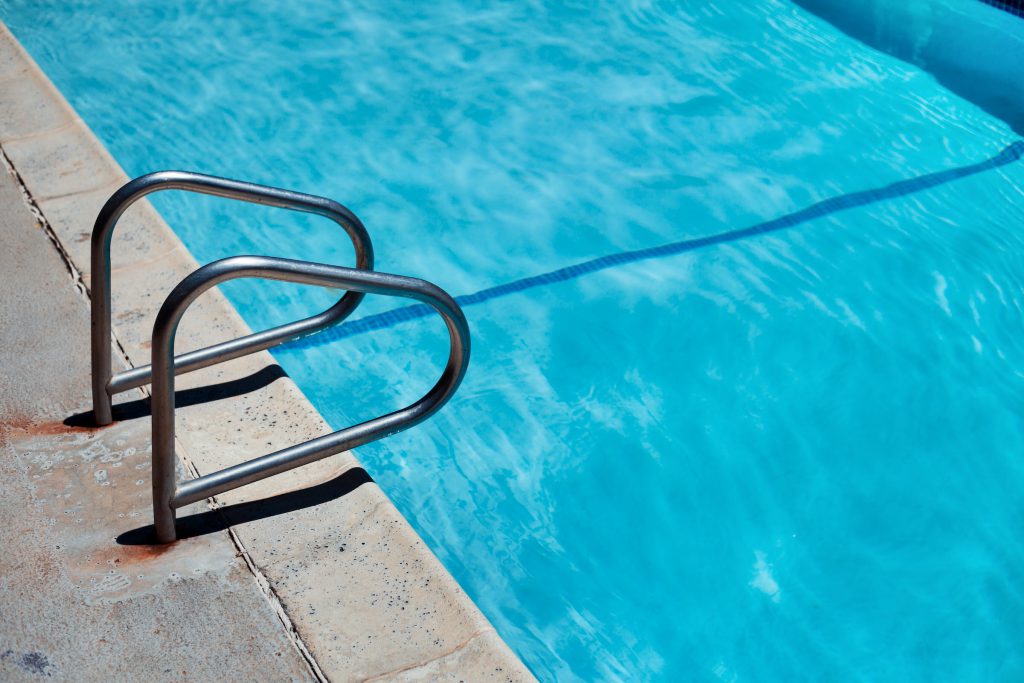Swimming pools are a luxury that many homeowners cherish, especially during the warm summer months. However, maintaining the clarity and cleanliness of pool water can sometimes be a challenge. Over time, various factors such as bacteria, dirt, and changing weather conditions can cause the water to become cloudy or even change color. But fear not! With the right knowledge and techniques, you can easily restore your pool to its pristine condition.

Understanding the Root of the Problem
Before diving into solutions, it’s essential to pinpoint the cause of the water’s murkiness. Several factors can lead to cloudy or greenish pool water:
– Insufficient chlorine levels: Chlorine is vital for disinfecting pool water and killing harmful bacteria. If its concentration drops below the recommended levels, the water can become a breeding ground for microbes.
– Bacteria buildup in the pool filter: Over time, bacteria can accumulate in the pool’s filter, reducing its efficiency and leading to cloudy water.
– Imbalanced pH levels: A balanced pH ensures that the pool water is neither too acidic nor too alkaline. Any imbalance can affect the water’s clarity.
– High calcium hardness: Excessive calcium in the water can lead to the formation of scale deposits on the pool’s surfaces and equipment, contributing to cloudiness.
Weather Woes and Organic Debris
Mother Nature can also play a role in the clarity of your pool water. Heavy rainfall or storms can introduce various minerals and elements into the pool, altering its pH balance. Moreover, organic debris like fallen leaves can decay in the water, leading to the growth of algae and other microorganisms. It’s worth noting that not all algae are green; some species can give the water a milky white appearance.
Steps to Crystal Clear Water
Achieving clear and inviting pool water involves a systematic approach:
1. Skim and Clean: Use a net or skimmer to remove any visible debris from the water’s surface. This step helps eliminate leaves, insects, and twigs that might be contributing to the water’s cloudiness.
2. Optimize Filtration: Ensure that your pool’s filtration system is running efficiently. Check the pressure gauge regularly and clean the filters if the pressure is between 4 and 5 kg.
3. Test the Water: Regularly test your pool water using testing kits or strips. These tools can help you measure the water’s pH, chlorine levels, and cyanuric acid concentration. Ideally, chlorine levels should be between 1 and 3 ppm, pH should range from 7.2 to 7.4, and cyanuric acid should be around 40 ppm.
4. Adjust Chemical Levels: Based on your test results, adjust the chemical levels in your pool. This might involve adding more chlorine, pH increasers or decreasers, or other pool chemicals.
5. Check Water Hardness and Alkalinity: Apart from the primary chemical levels, also monitor the water’s hardness and alkalinity. These factors can influence the water’s overall balance and clarity.
6. Use Water Clarifiers: If the water remains cloudy despite your best efforts, consider using water clarifying agents or flocculants. These chemicals clump together tiny particles in the water, making it easier for the filtration system to remove them.
Conclusion
Maintaining a clear and clean pool is not just about aesthetics; it’s also about ensuring a safe and healthy swimming environment. By understanding the causes of murky water and taking proactive steps to address them, you can enjoy a refreshing and crystal-clear pool all summer long.

 Open Immovlan
Open Immovlan